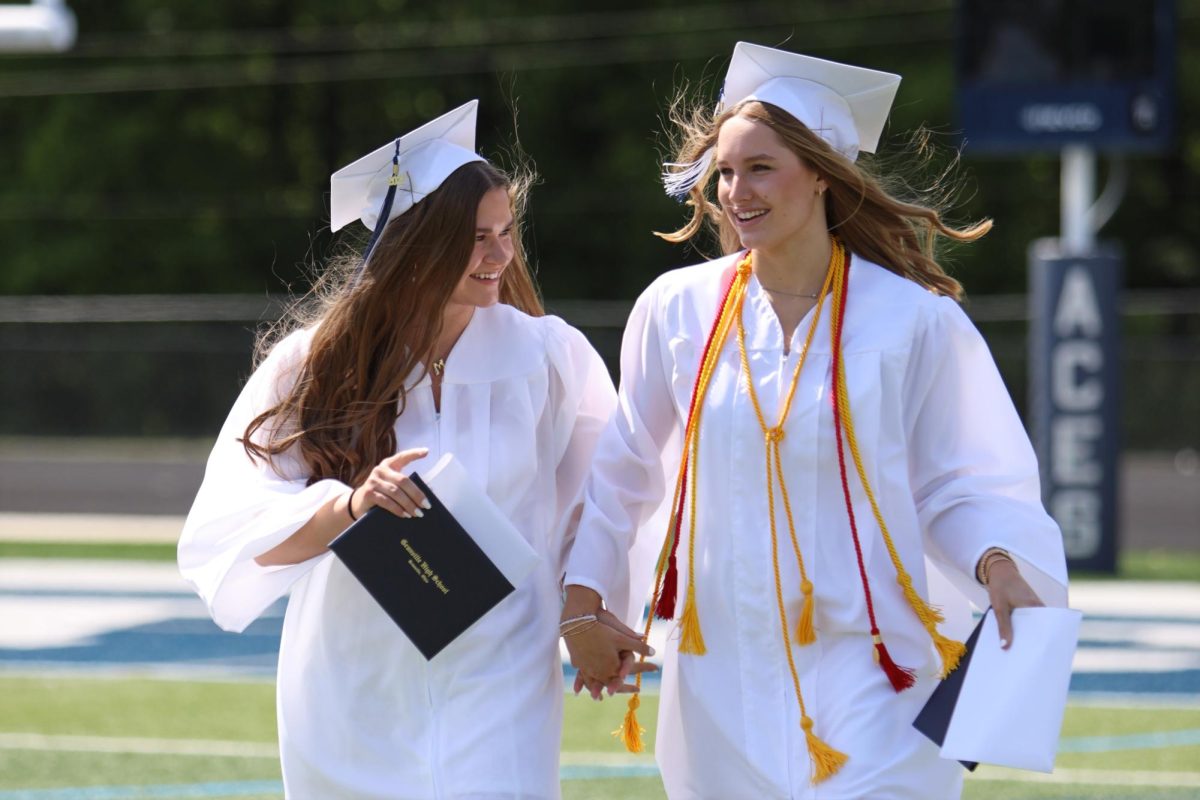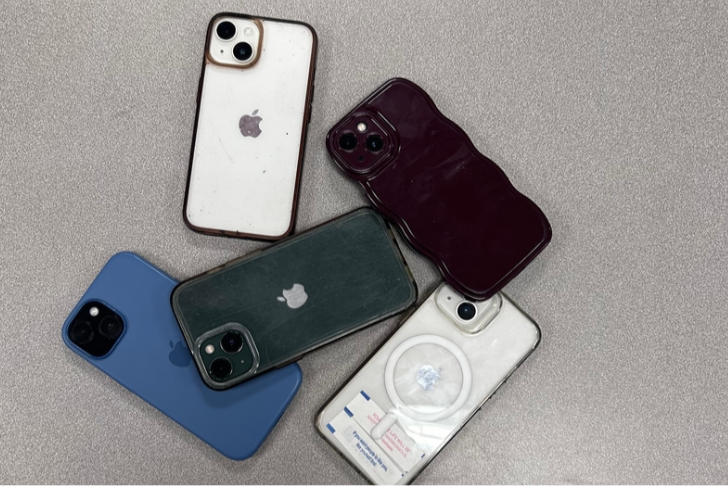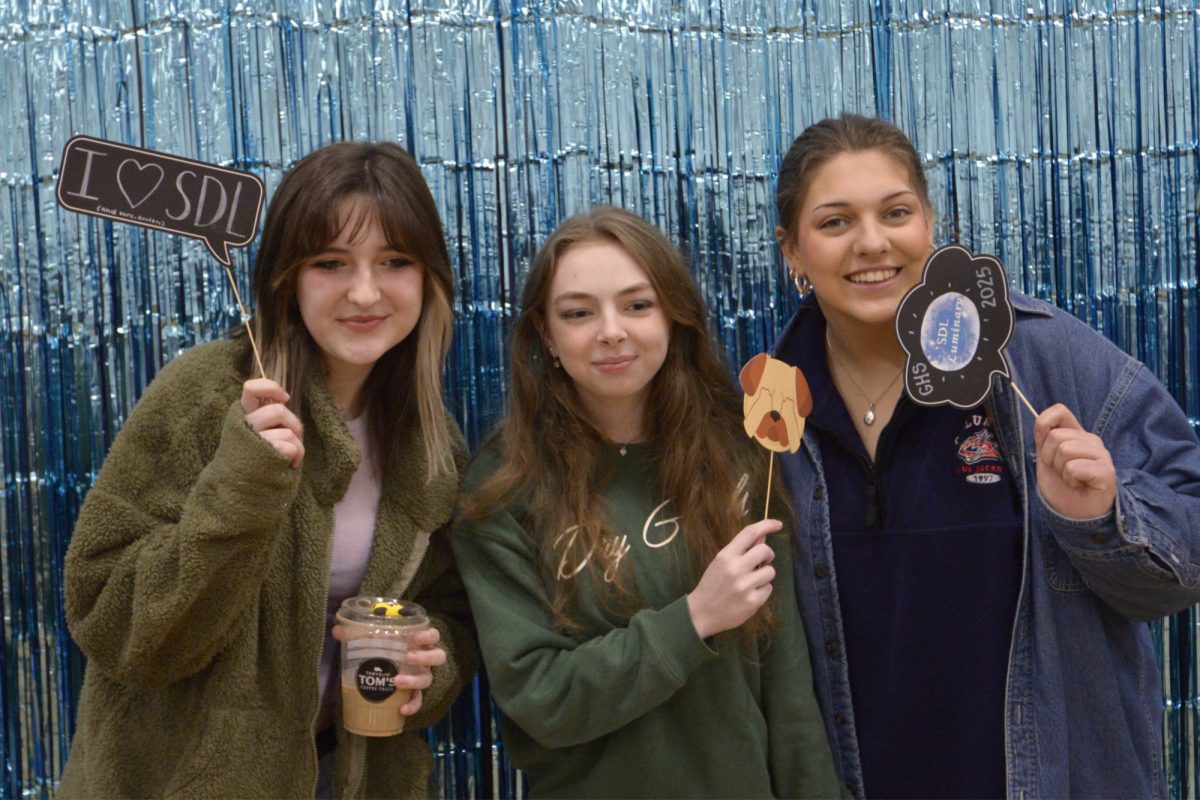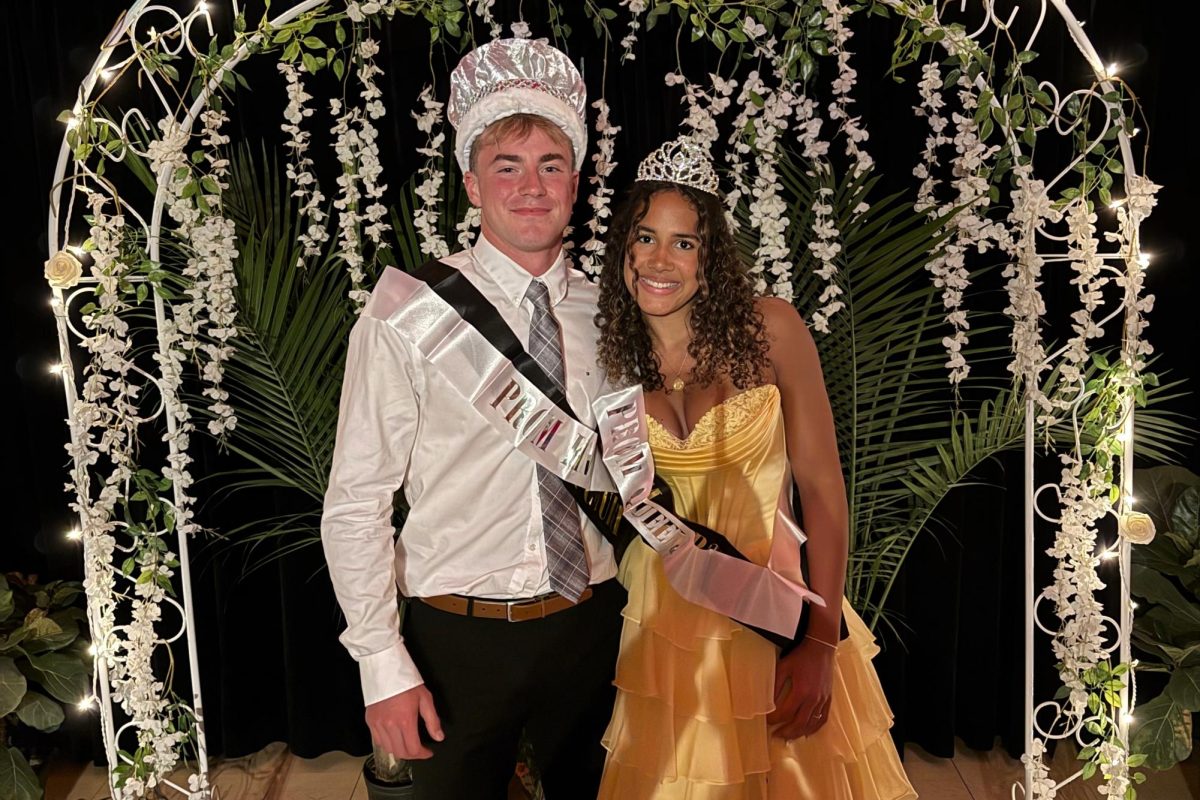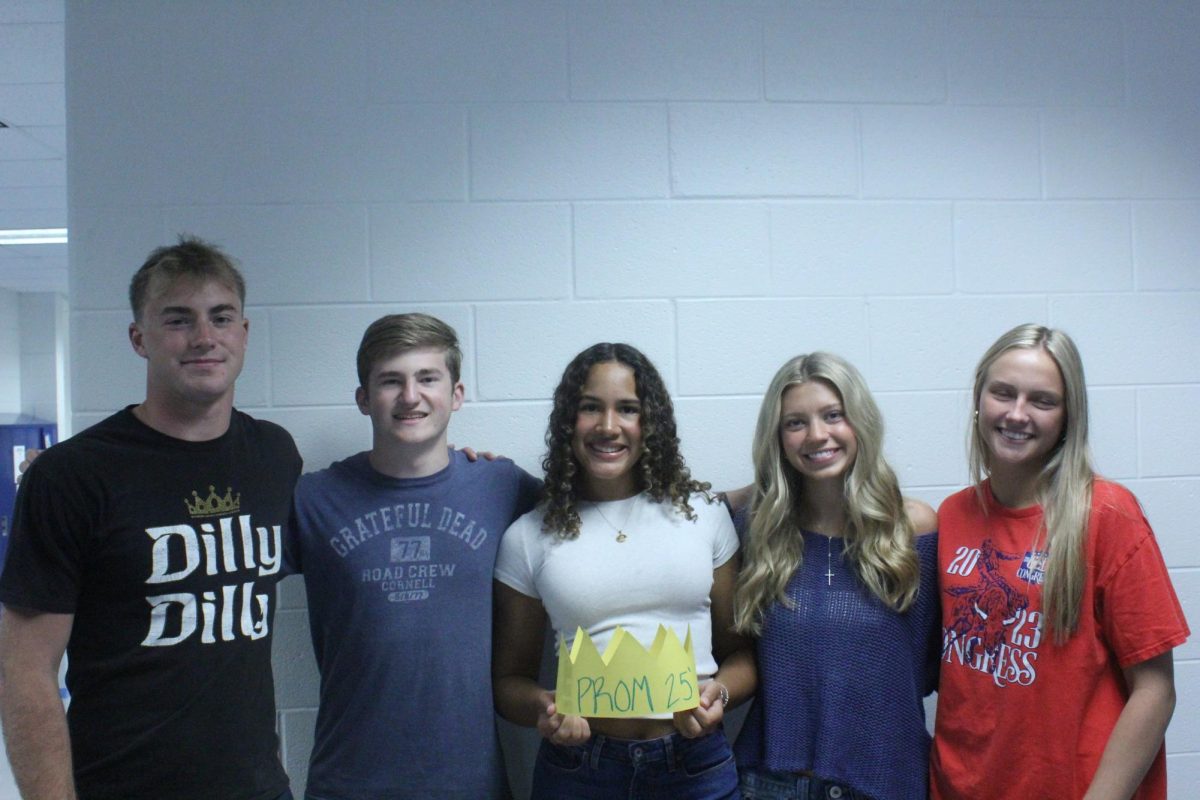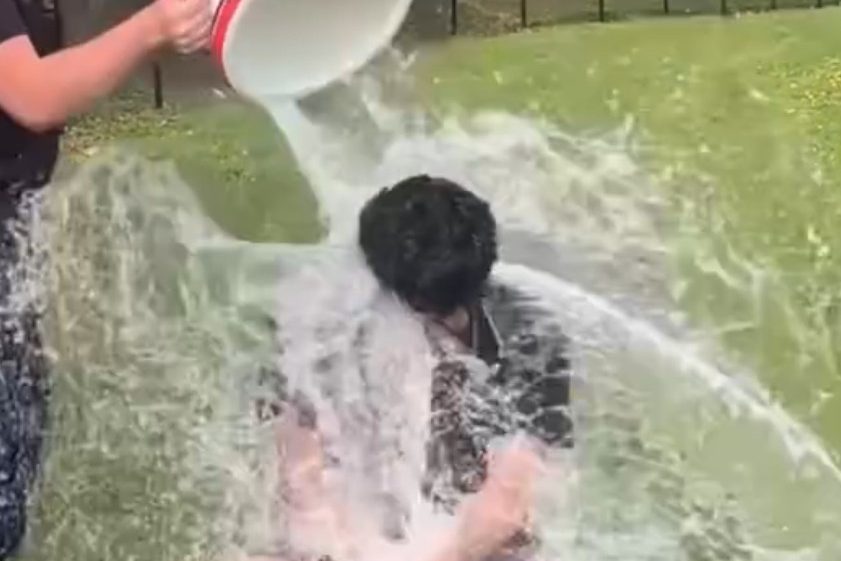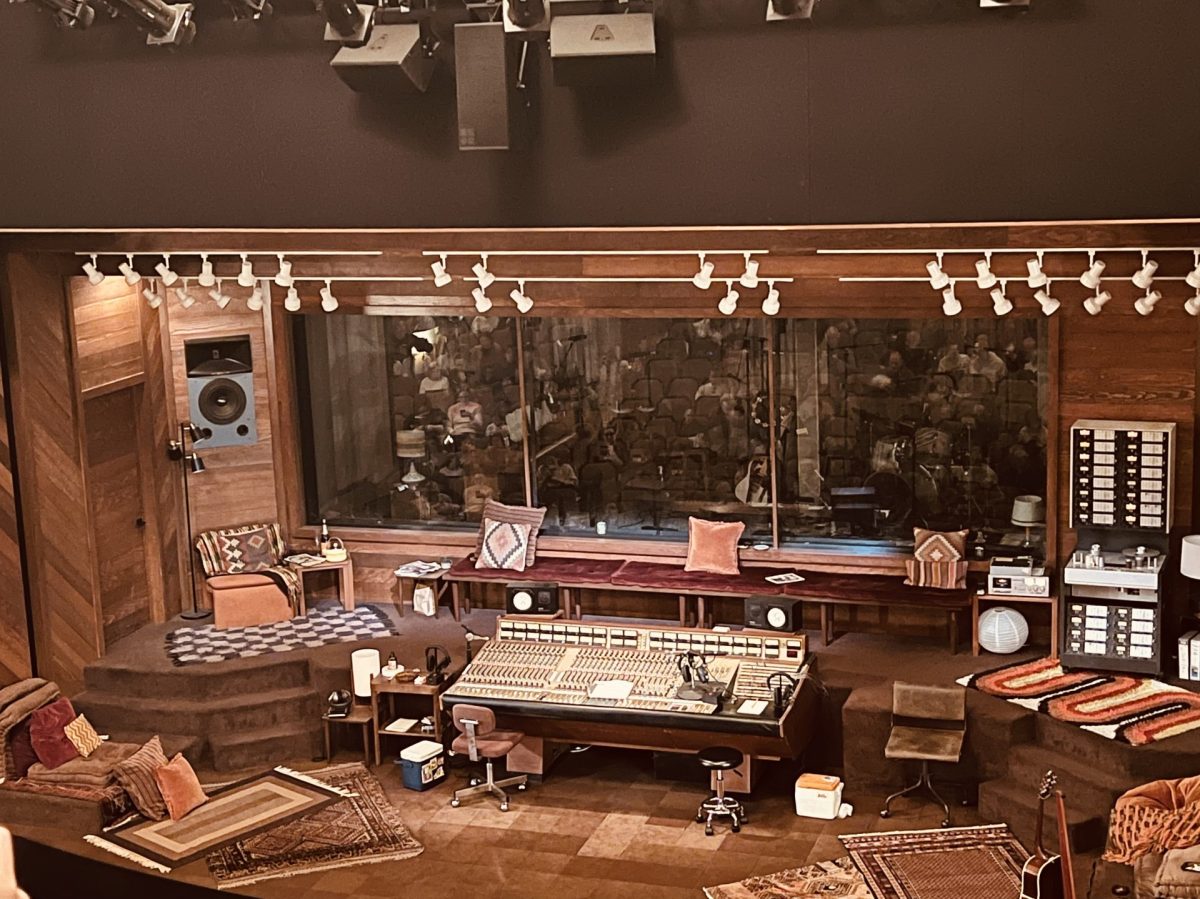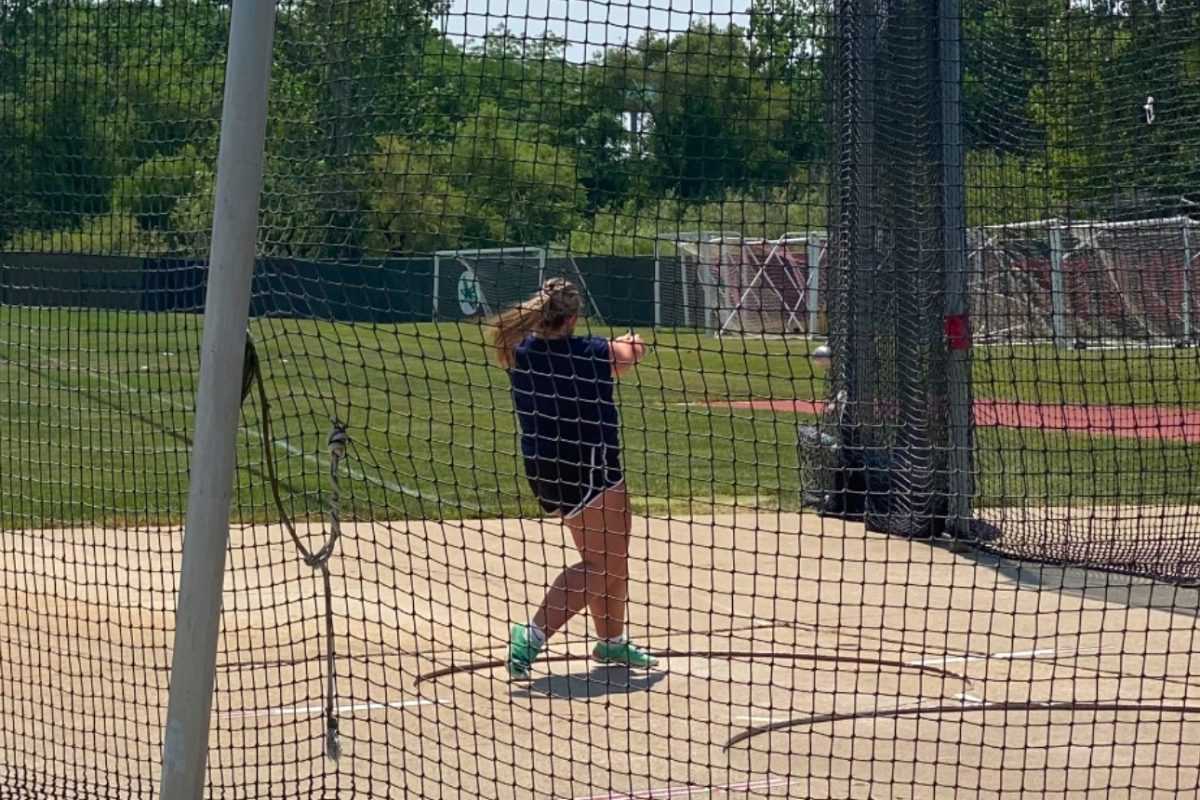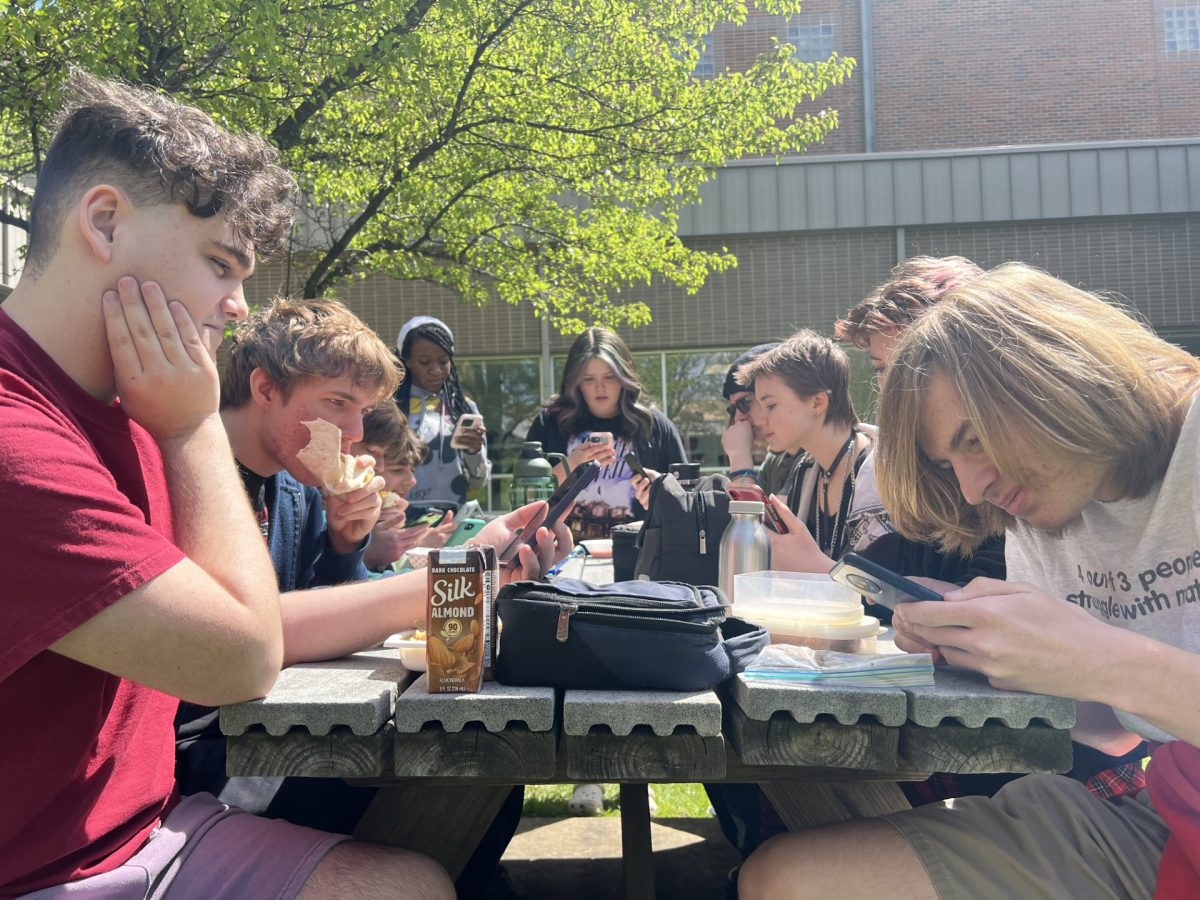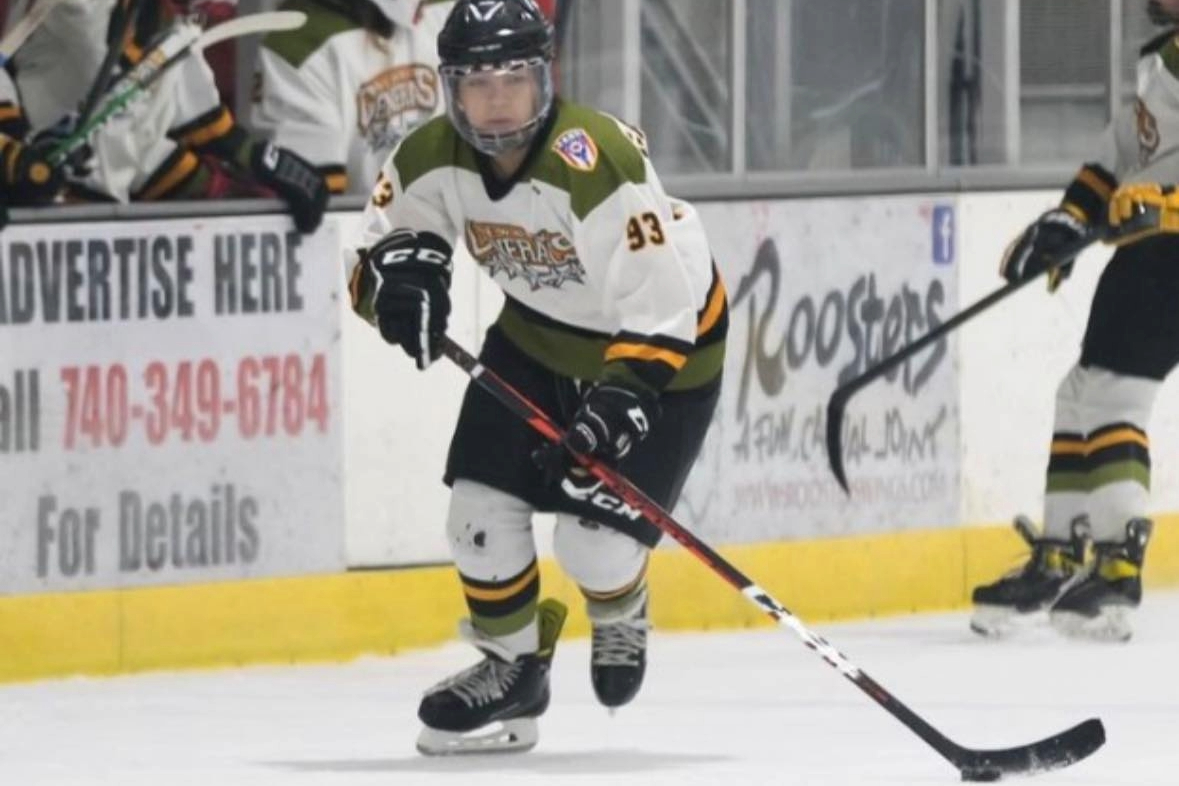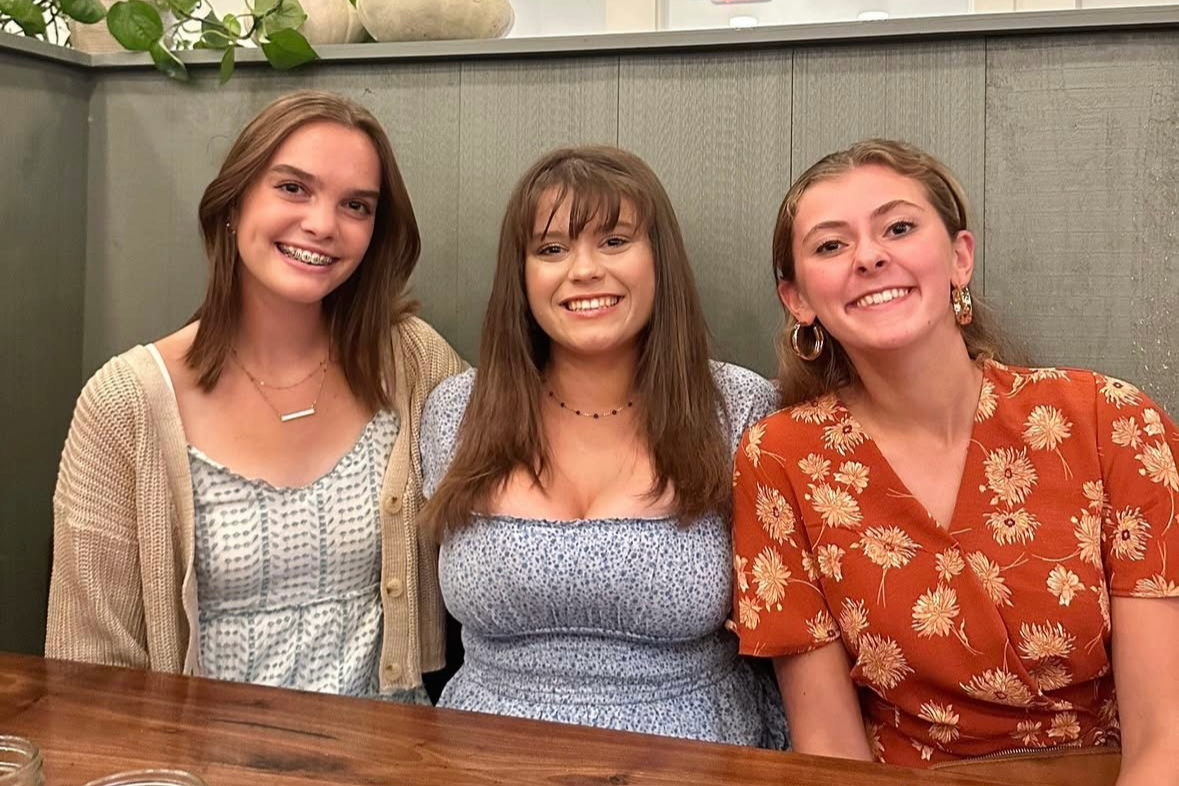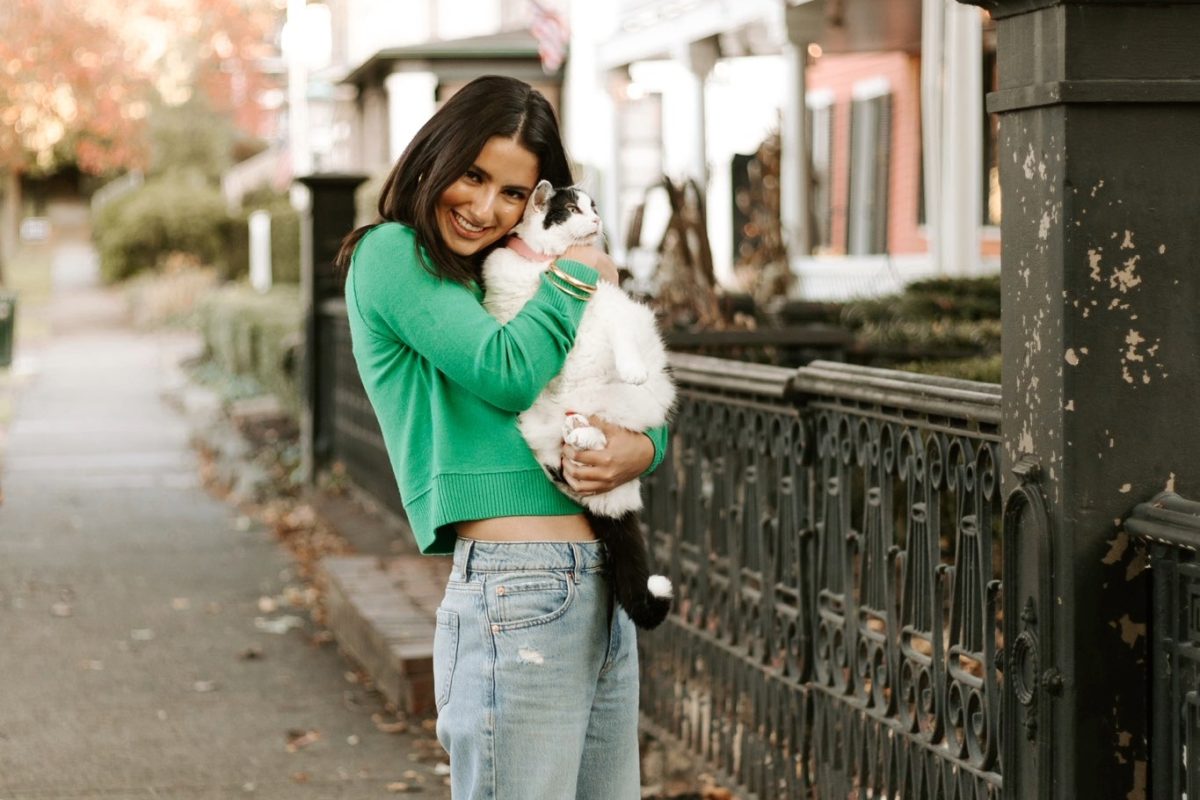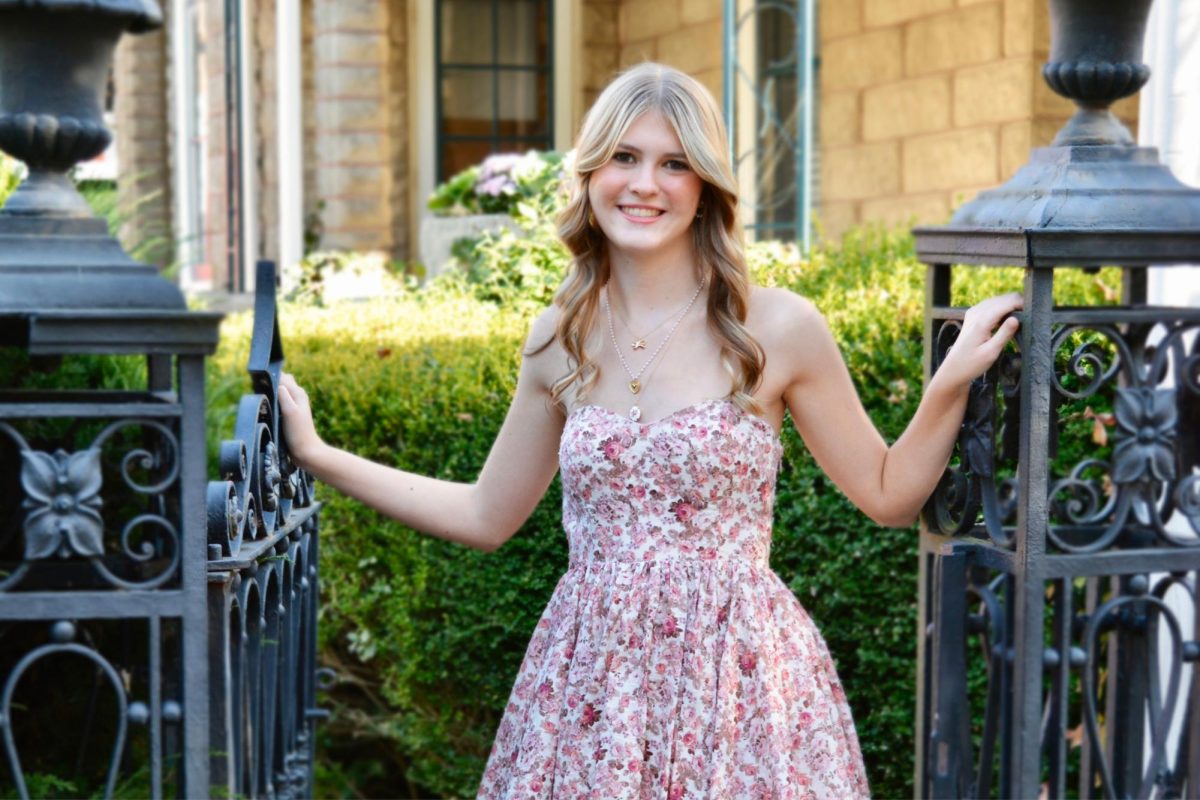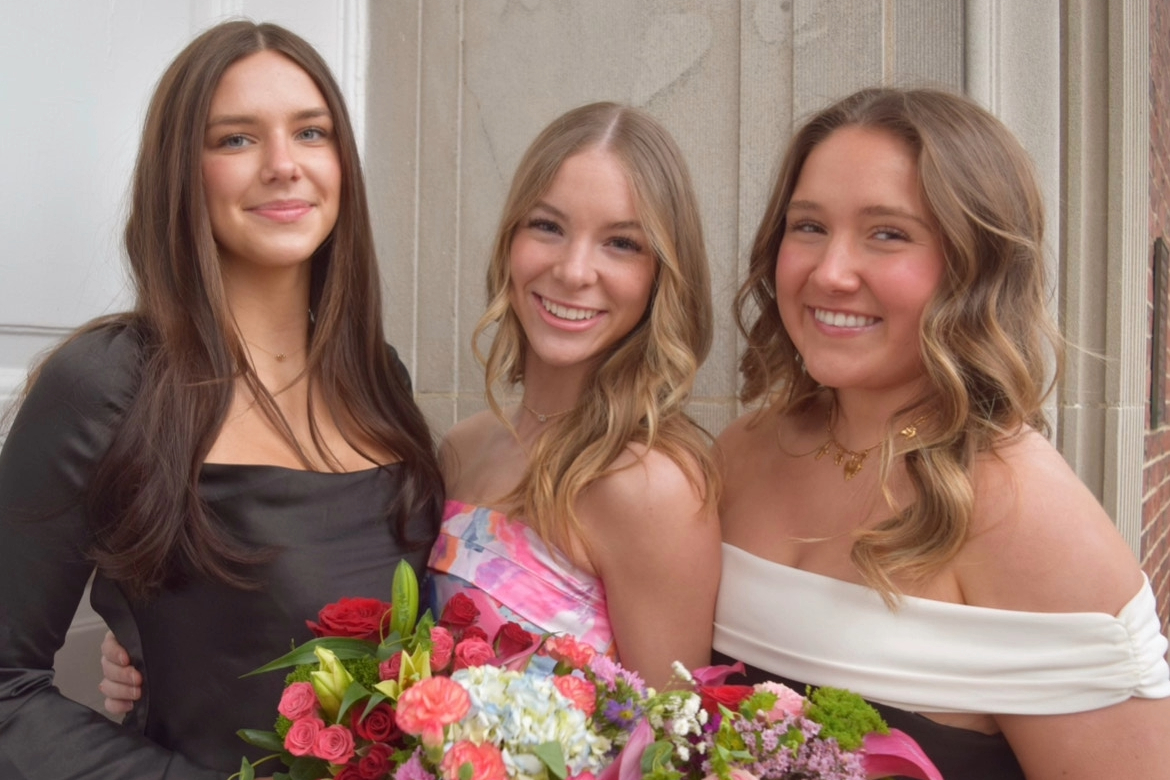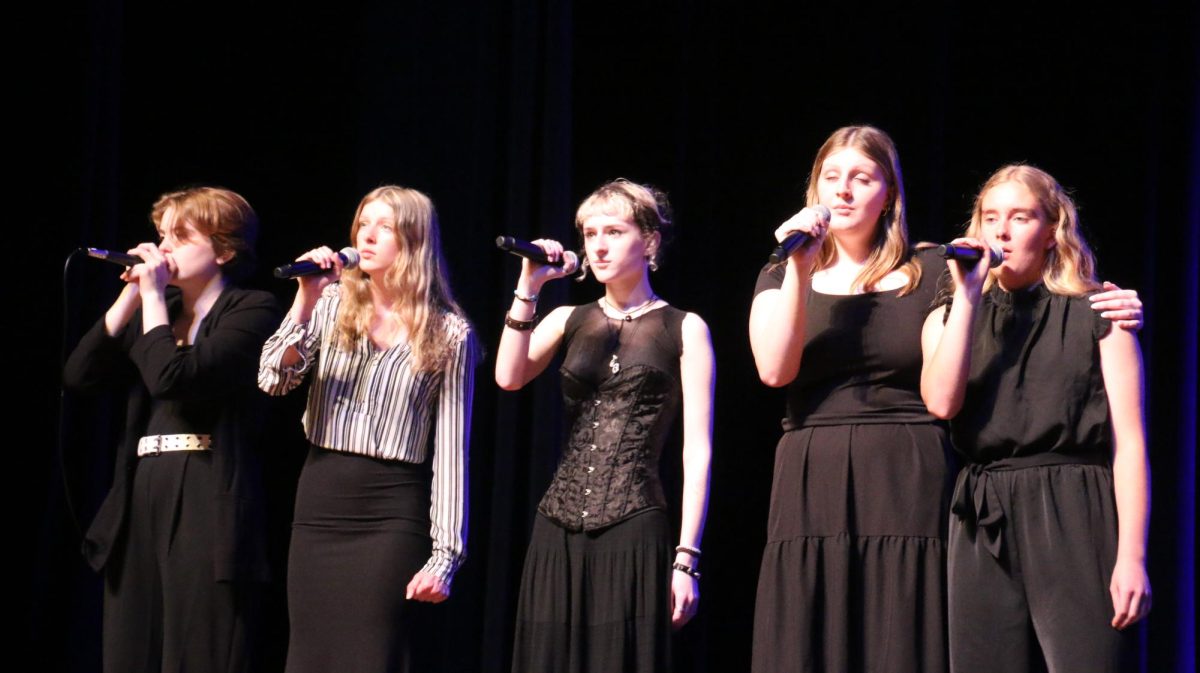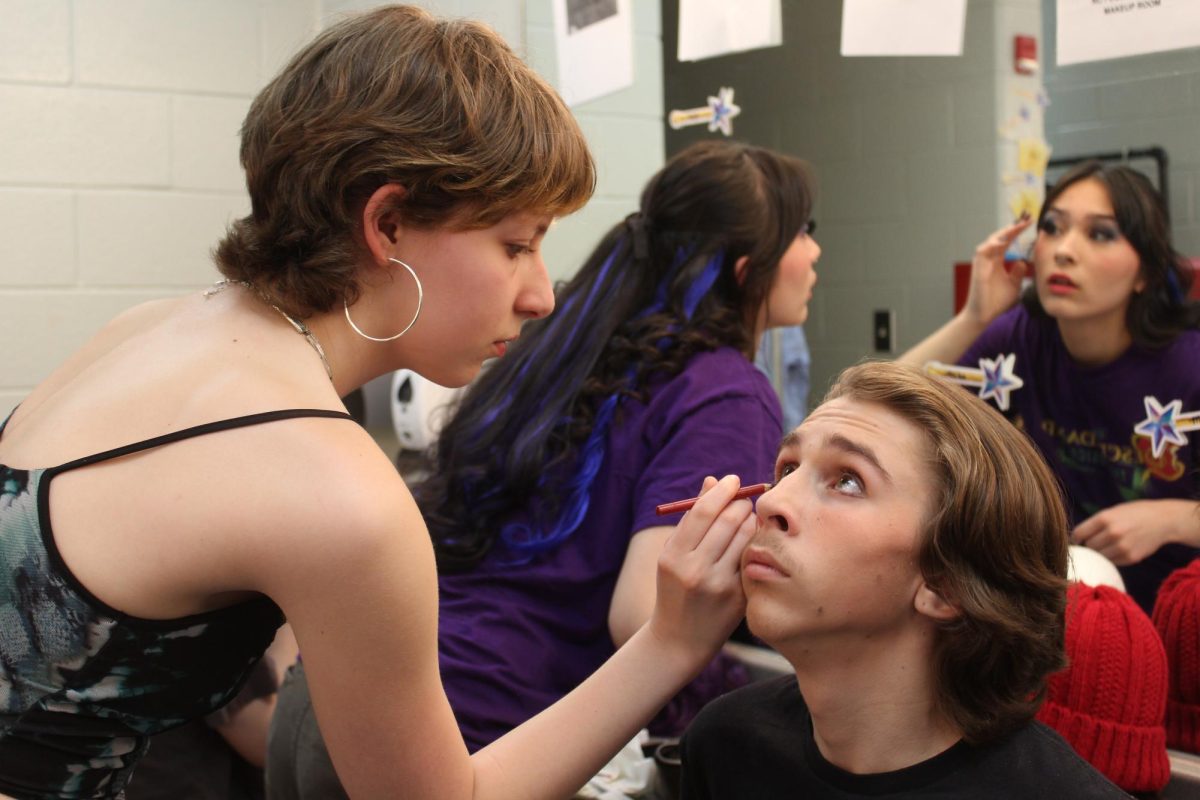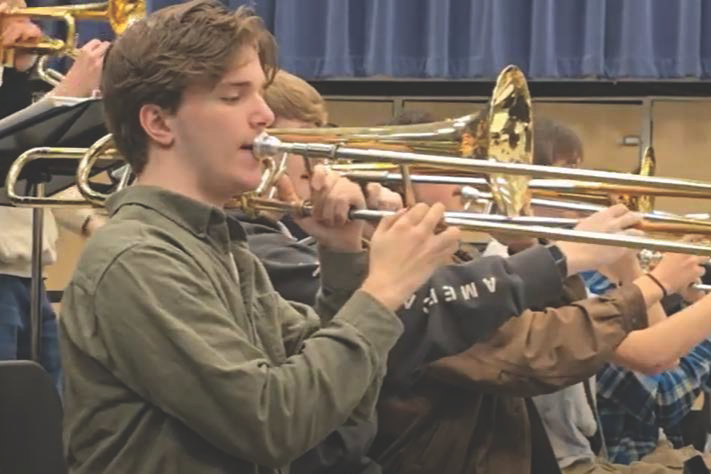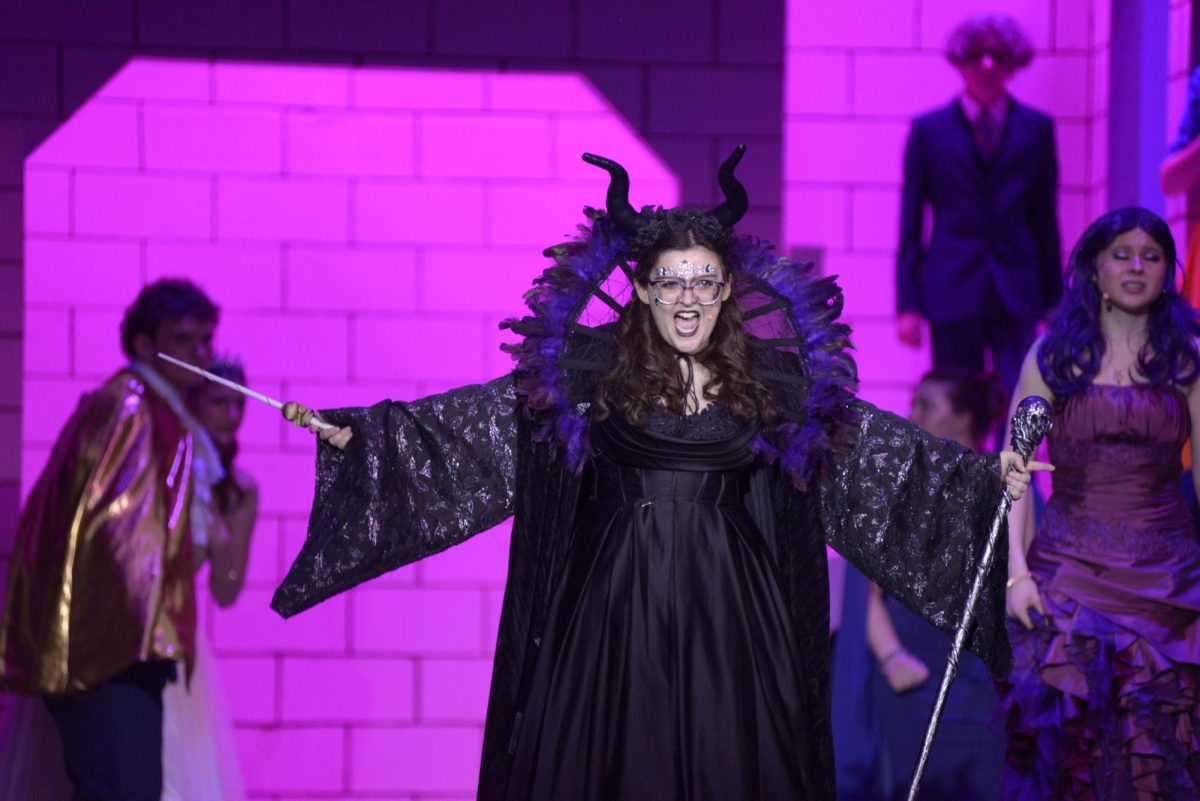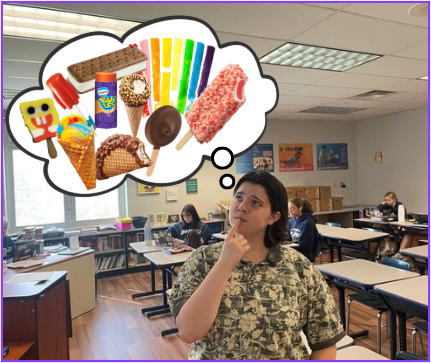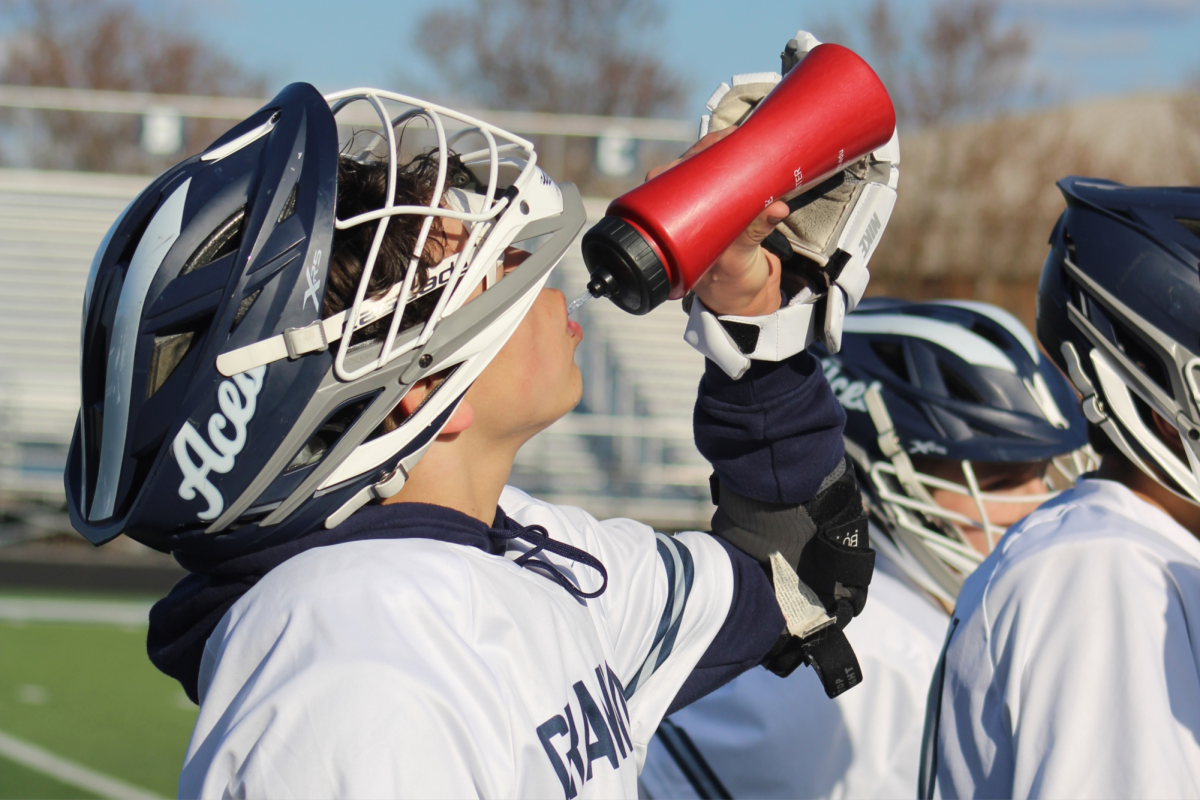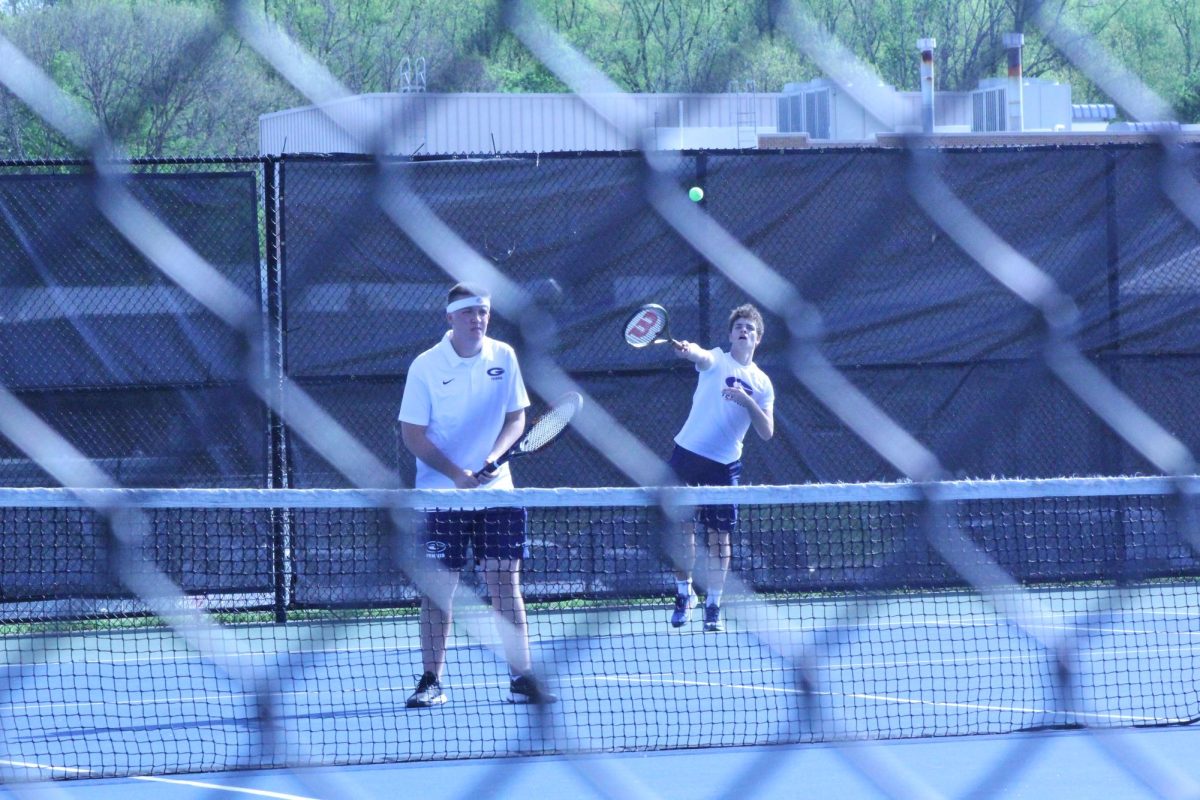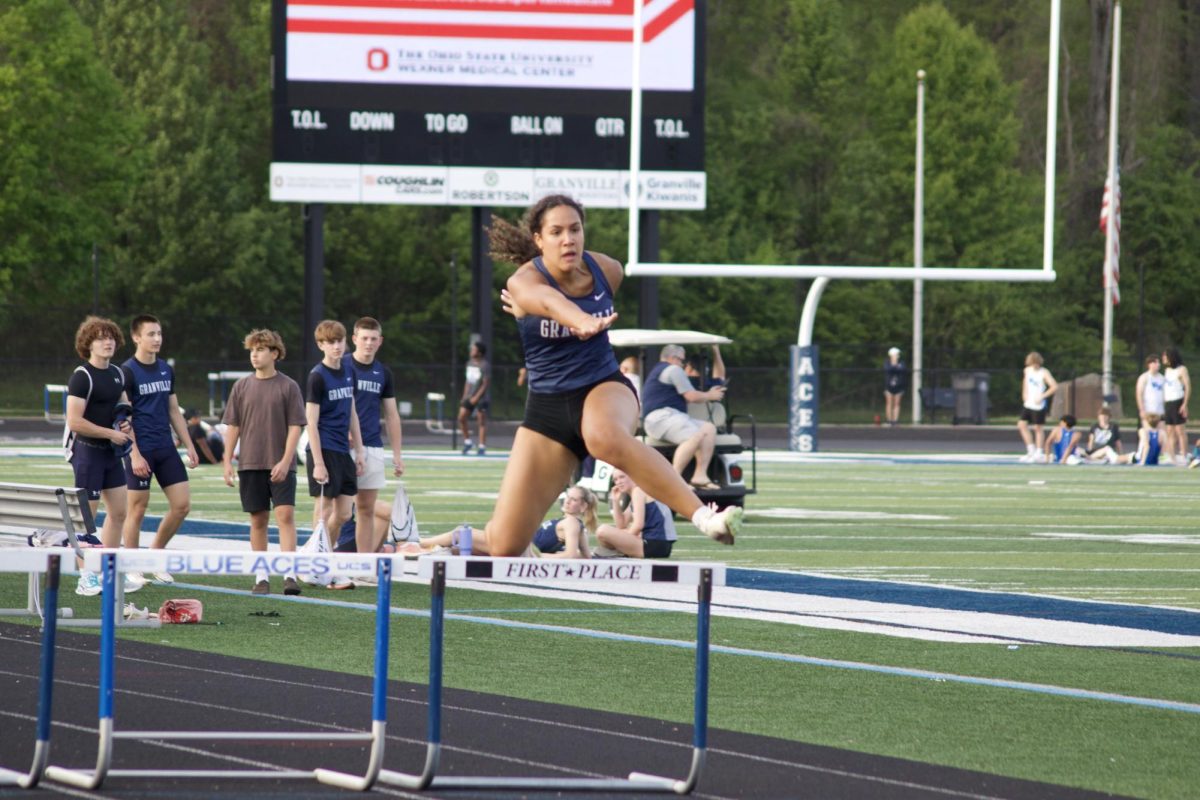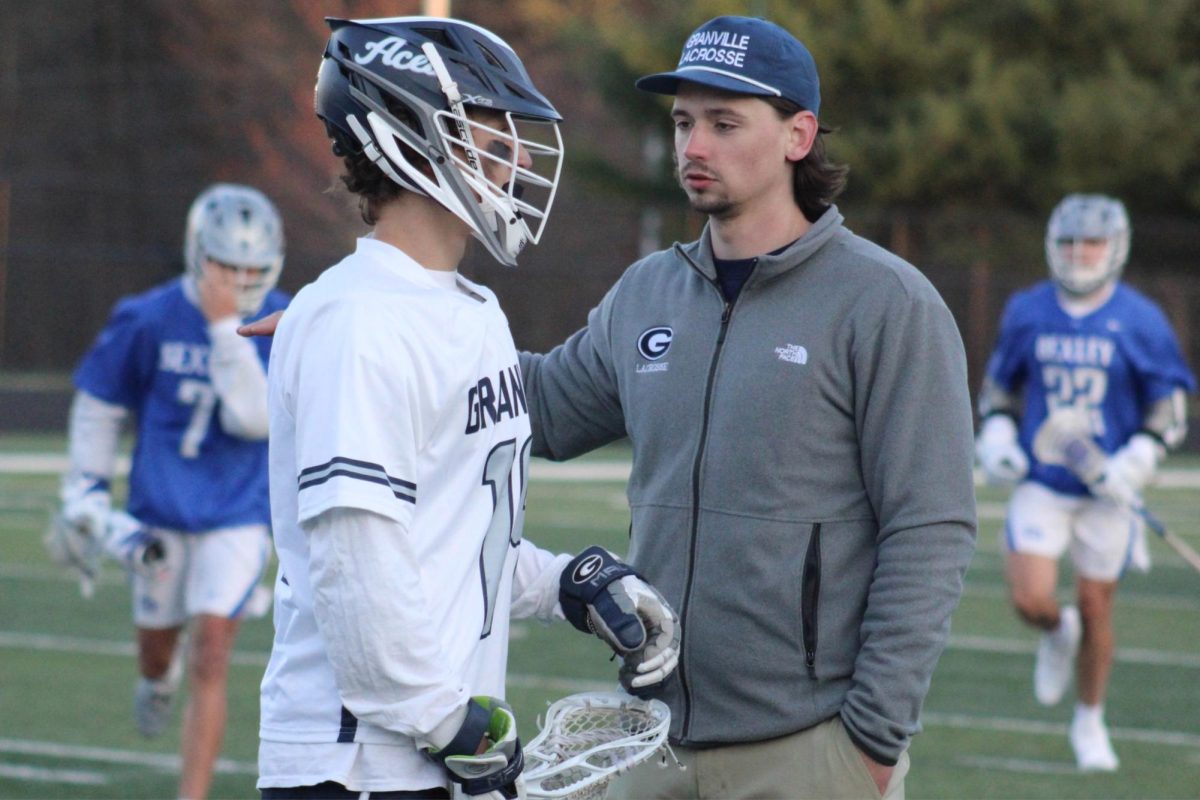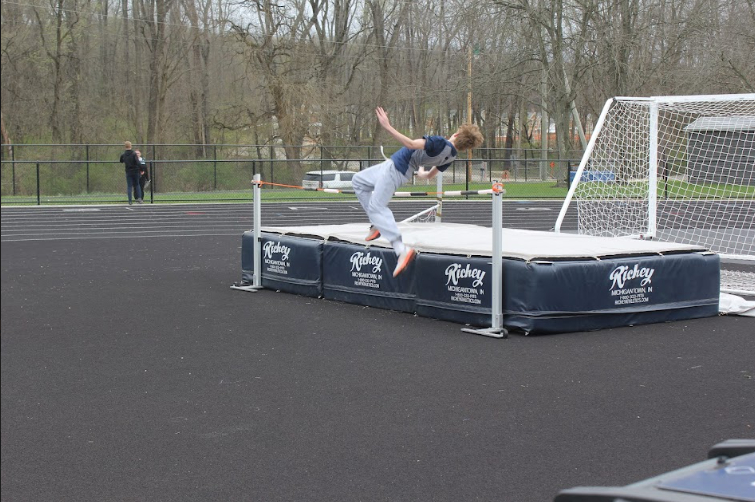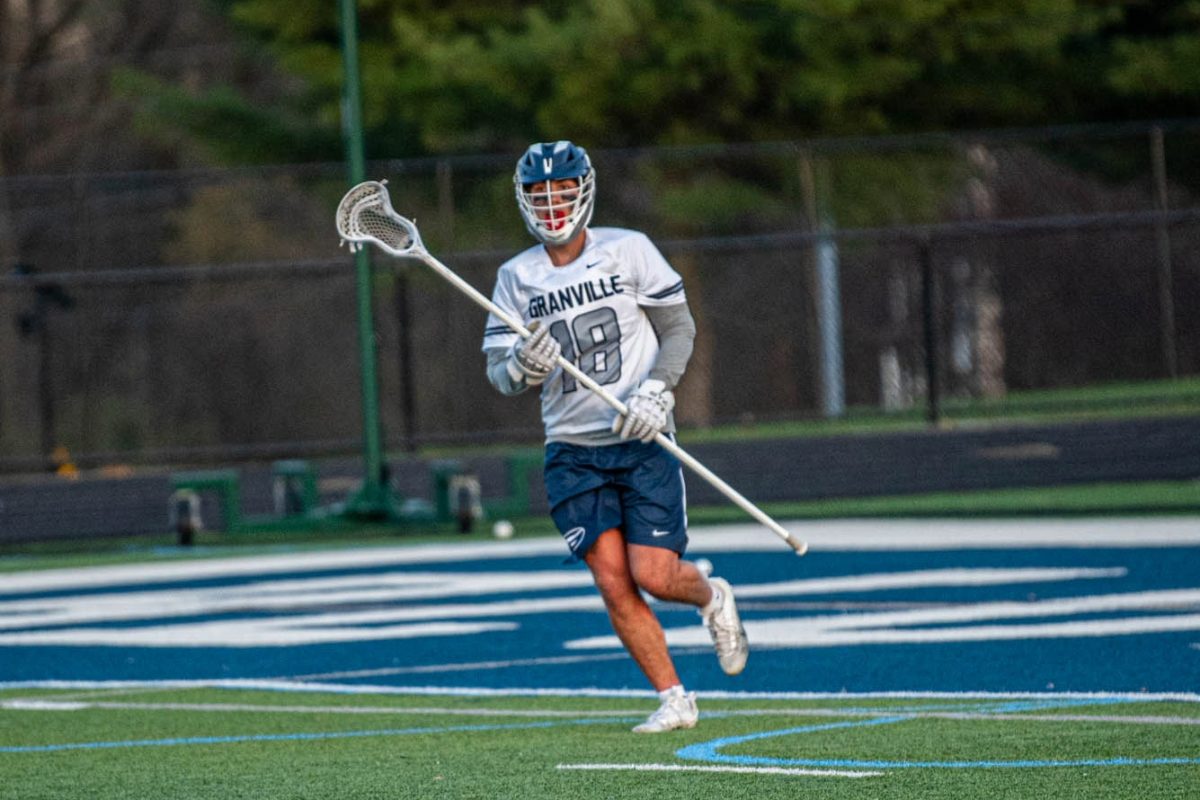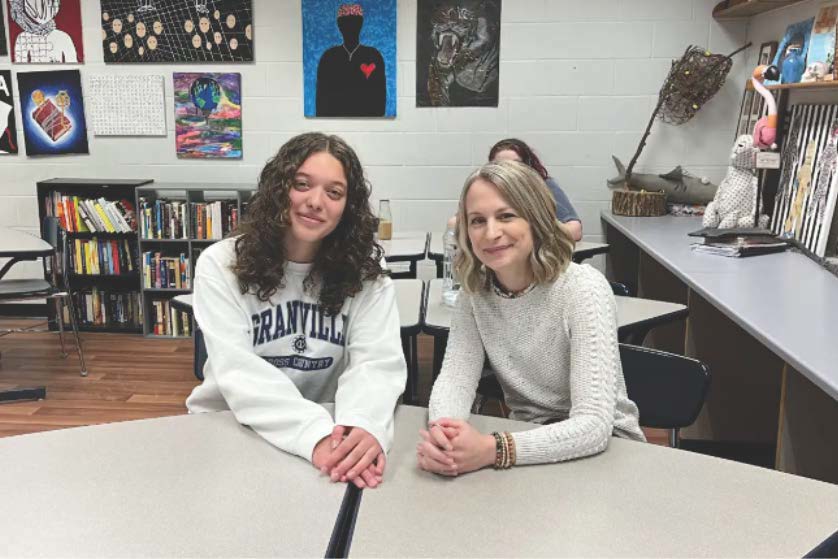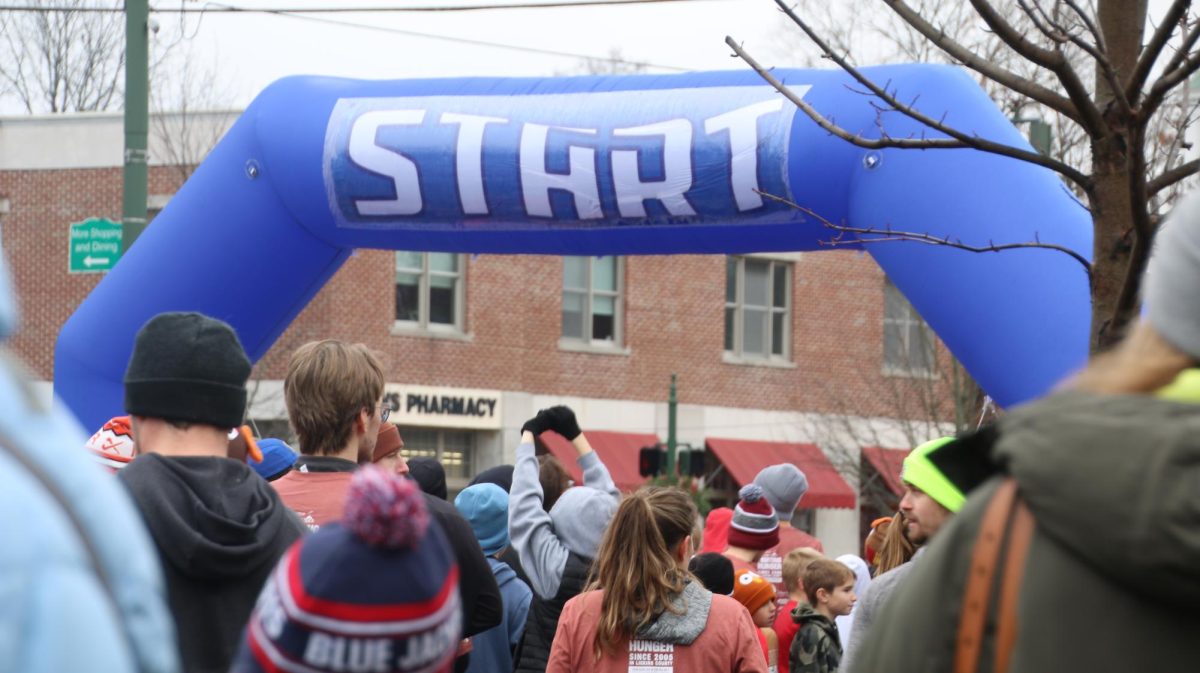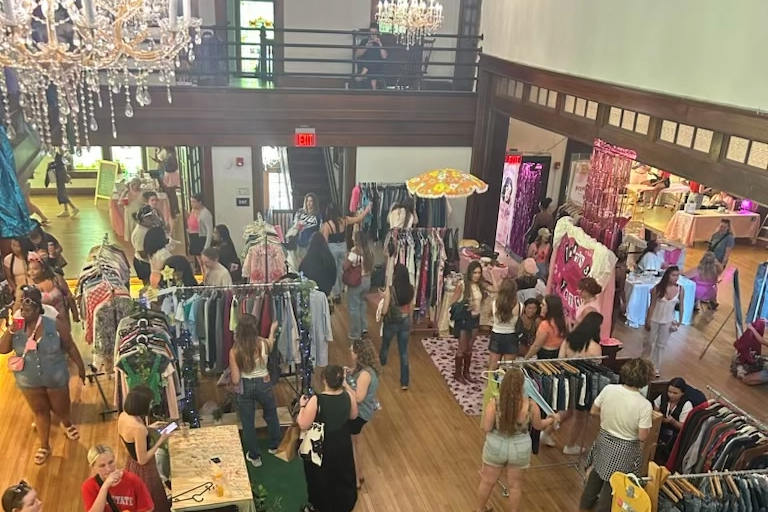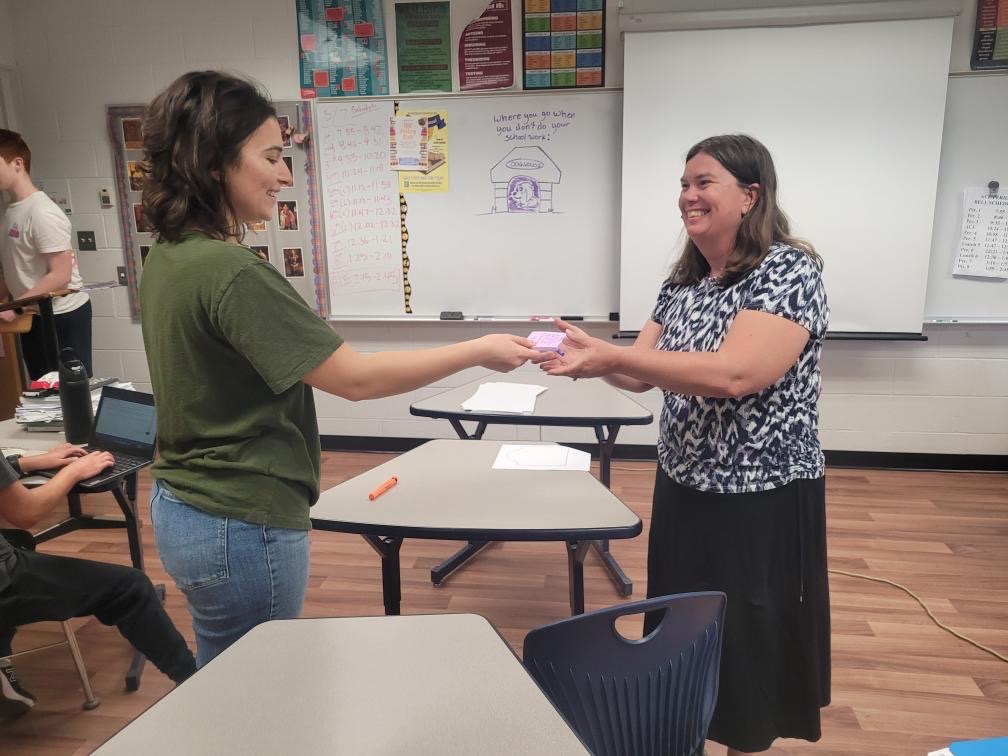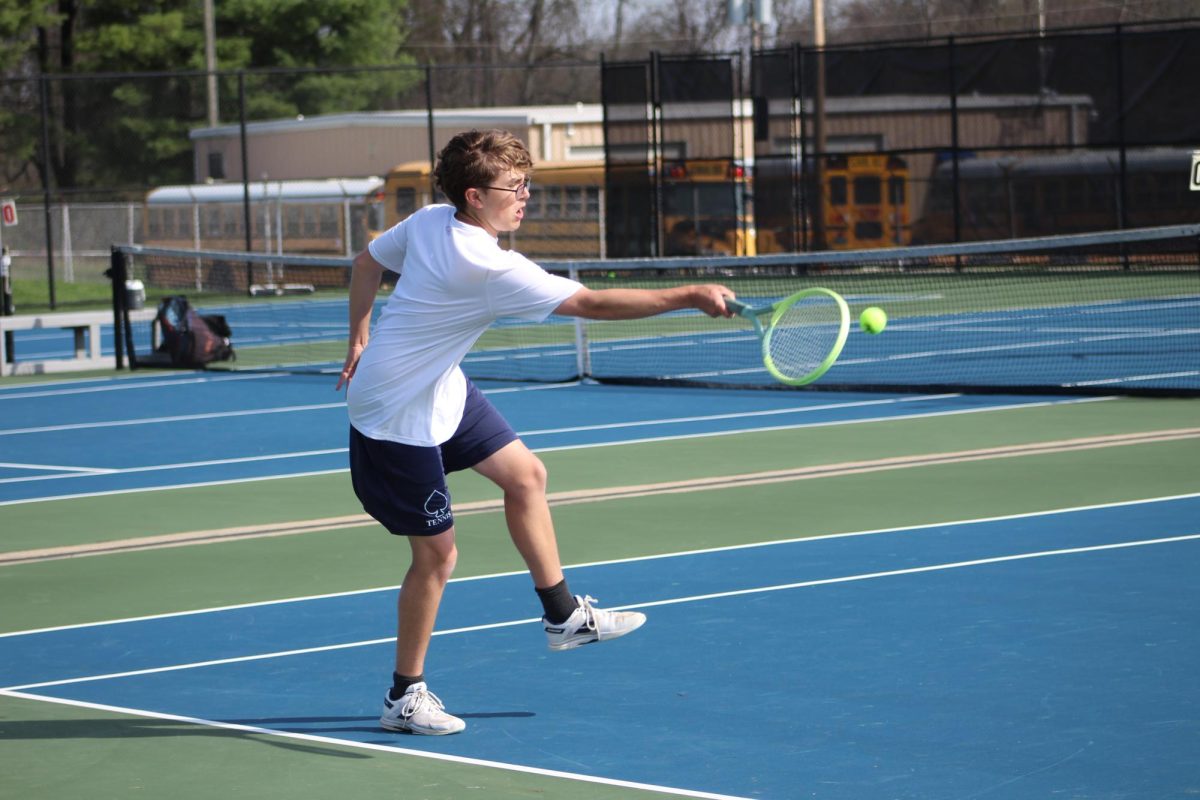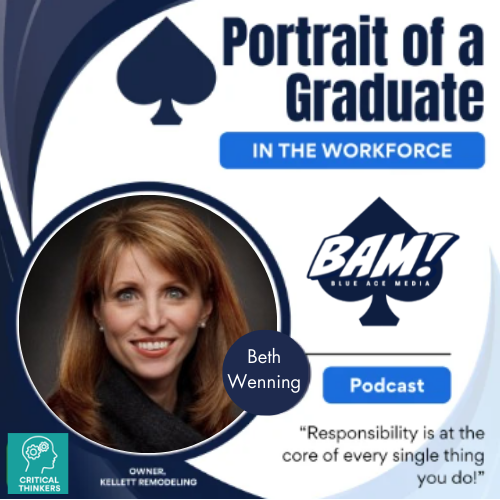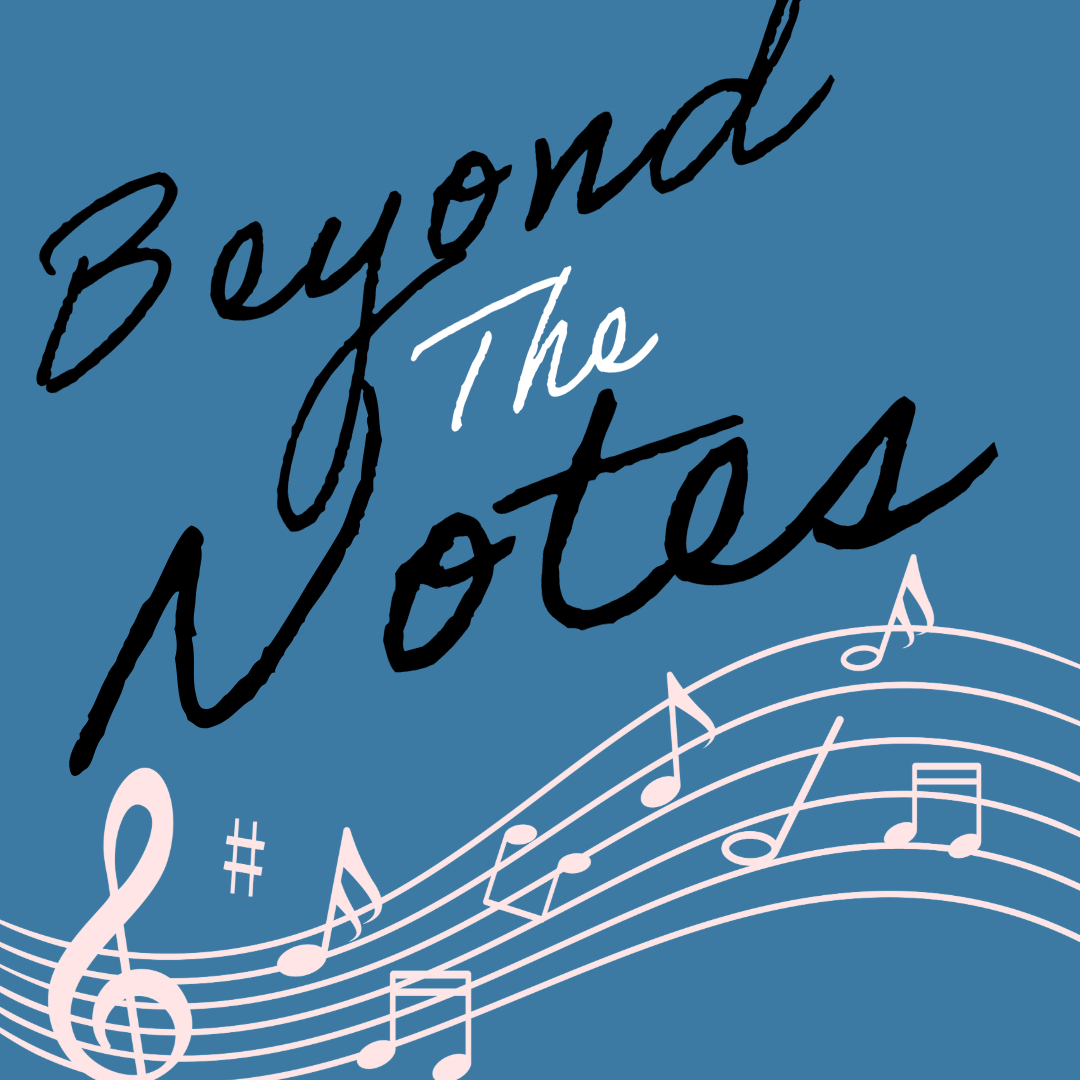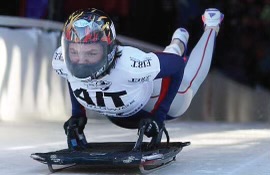Local Olympian remembers her journey to winning silver
March 9, 2022
Many people are excited for the 2022 Winter Olympics in Beijing. Some of the most popular winter sports including ice skating, snowboarding, and skiing are all events at the Games. Some lesser-known sports at the Olympics include curling, Skeleton racing and luge. While many people find these more ‘niche’ sports interesting, the general public does not know very much about each of them. Luckily, Granville has an Olympic Silver Medalist for Skeleton Racing within the town limits.
Lea Ann Parley moved to Granville when she was 2 years old. Growing up, she played basketball and ran track & field, even going to Marshall University on a scholarship for javelin and high jump. As an adult, she participated in a Handball team and was even preparing for the 1998 Pan-American Games when she suffered an injury to her thumb, forcing her to stop playing so she ended up attending the games as a coach to her team. While recovering from her injury, Parsley discovered Skeleton, the sport she would later become an Olympic silver medalist for.
“I switched from athlete to team staff member and part of my job was to find funding sources for our team,” Parsley said. During my research, I came across a website for winter sports and saw women’s bobsleigh and skeleton. After calling 1-800-bobsled I drove out to Lake Placid and discovered a great group of athletes in the sport of skeleton. I had found a new adventure!”
In 1882, English soldiers created the sport as a variation of tobogganing, or sledding, featuring a serpentine course that twisted and curved – kind of like a skeleton. Ten years later, an Englishman named Mr. Child created a steel sled intended for racing down similar tracks.
When Parsley started sliding, Skeleton was not an Olympic sport. It was in the 1928 and 1948 games in St. Moritz, Switzerland, but not since.
“I was basically a part-time firefighter and nurse so that I could pay for my skeleton racing adventures,” Parsley said. “The experience of traveling the world and competing on the world cup circuit with so many great people was rewarding enough. The fact that it became an Olympic sport again was just a huge bonus.”
After she had been involved in the sport for a couple years, the International Olympic Committee announced Skeleton would come back into the Olympic program in 2002. At that point, she shifted from part-time athlete to full-time athlete in order to prepare for a shot at the games. She moved into the Olympic Training Center in Lake Placid, N.Y., and split time training there and in Ark City, Utah, and Calgary, Canada, with her team.
Going into the games, Parsley’s team had been doing well and were ranked number two in the world. As individuals, several of her teammates had done well enough on the World Cup circuit to earn top six finishes.
“We knew we had a chance to do well but earning a medal was still a bit of a reach,” Parsley said. “To be honest, where I finished really wasn’t my focus, which I know sounds strange. My focus was on doing the best that I could and letting the finishes fall where they may. My coach, Ryan Davenport of Canada, always encouraged a mindset that focused on the process and not the result. He emphasized the journey over the destination and I agreed with that approach. It was a winning approach.”
After medaling in 2002, Parsley took a year off the sport to complete her doctoral studies in nursing at OSU. Returning to the sport the next year with the intention of going to the Torino Games in 2006, she was doing well enough to be in the mix for a place on the team when disaster struck.
During the Olympic trials, Parsley and her teammate, Noelle Pikus-Pace, were hit by a runaway bobsled that failed to brake after crossing the finish line. The sled ejected from the track and hit them, breaking Noele’s leg and Parsley’s right leg was banged up badly.
The only available waiver went to Noelle, so Parsley still had to race less than 48 hours later. With no time to heal, it wasn’t possible. The USOC asked her to stay on as a coach so she went to the 2006 games but as a coach.
In 2010, Parsley also went to the Games in Vancouver as a TV commentator for NBC while her husband, former coach Ryan Davenport, served as the Olympic race director for skeleton.


